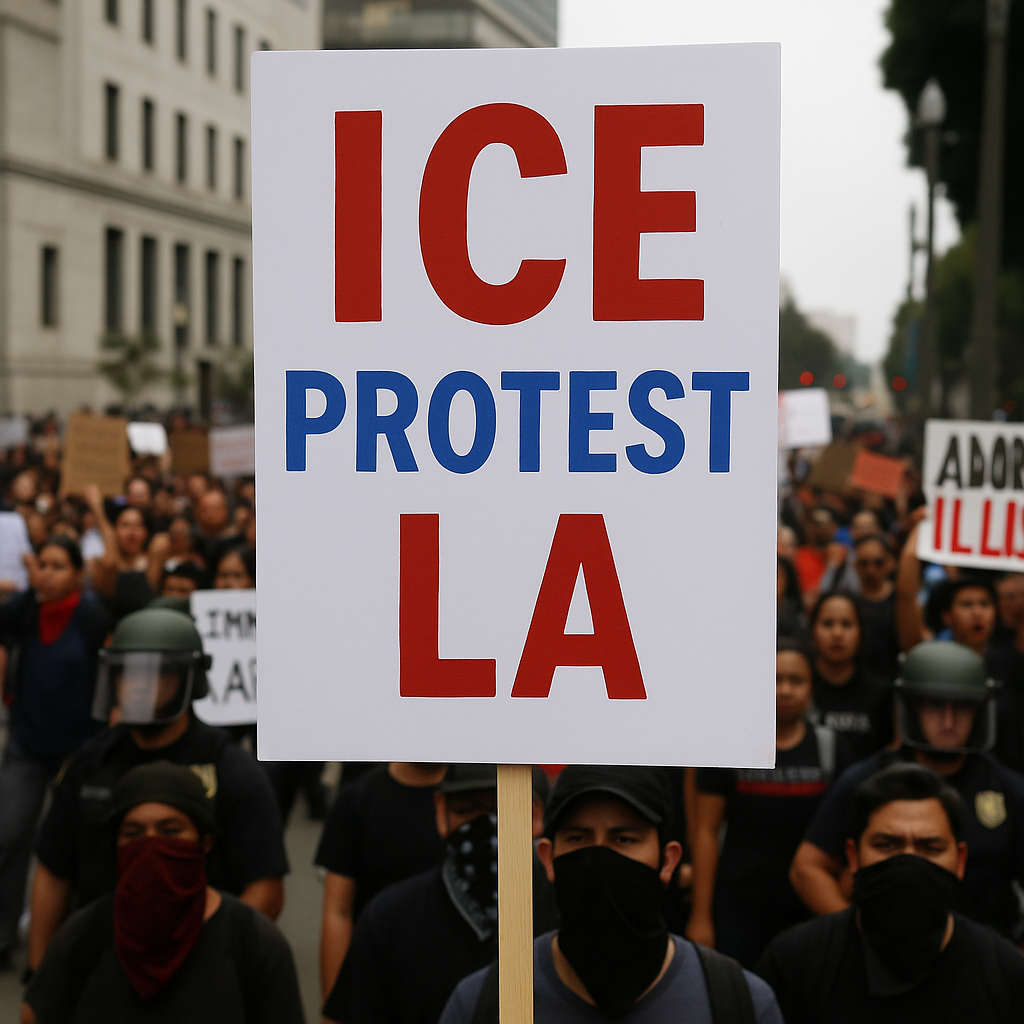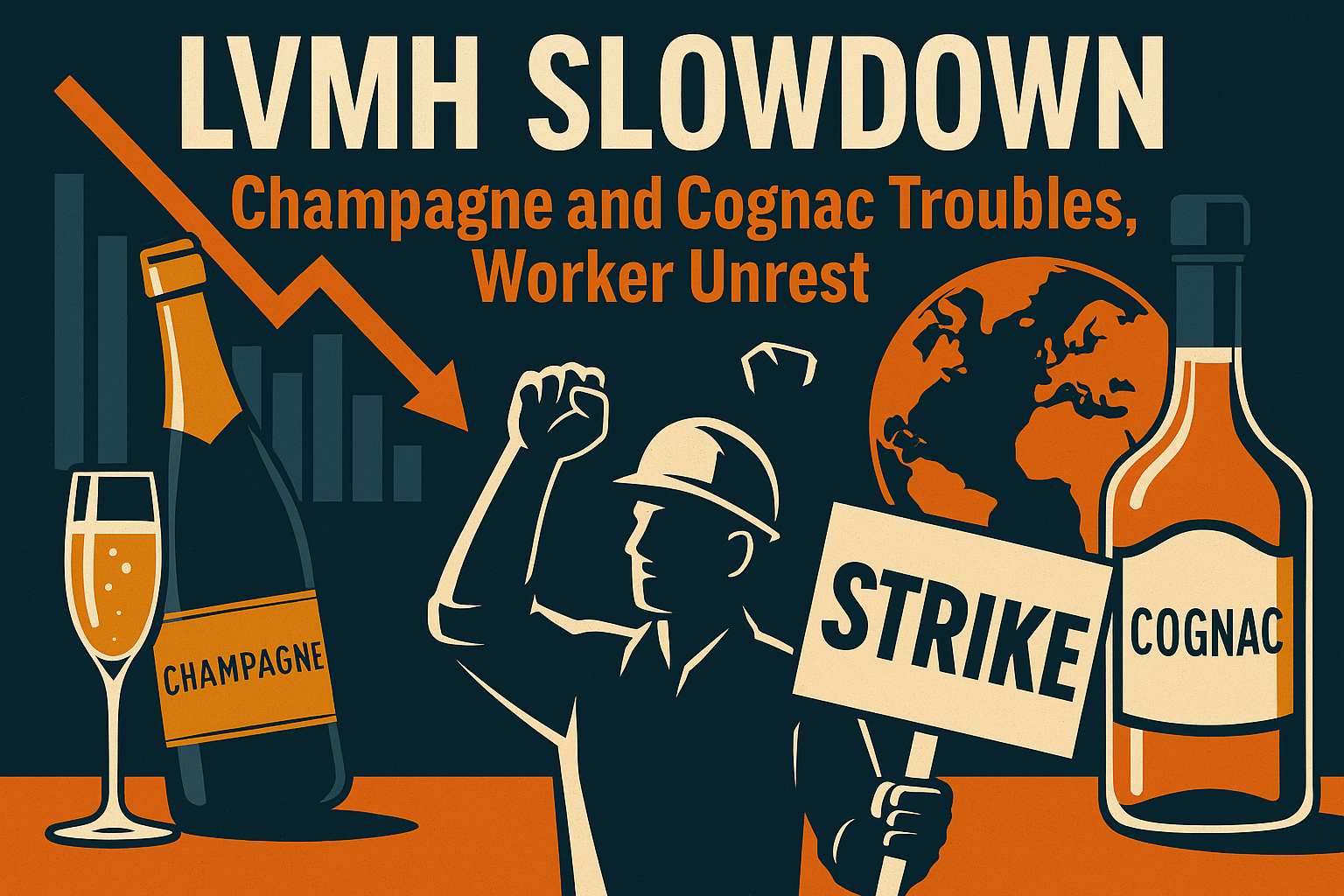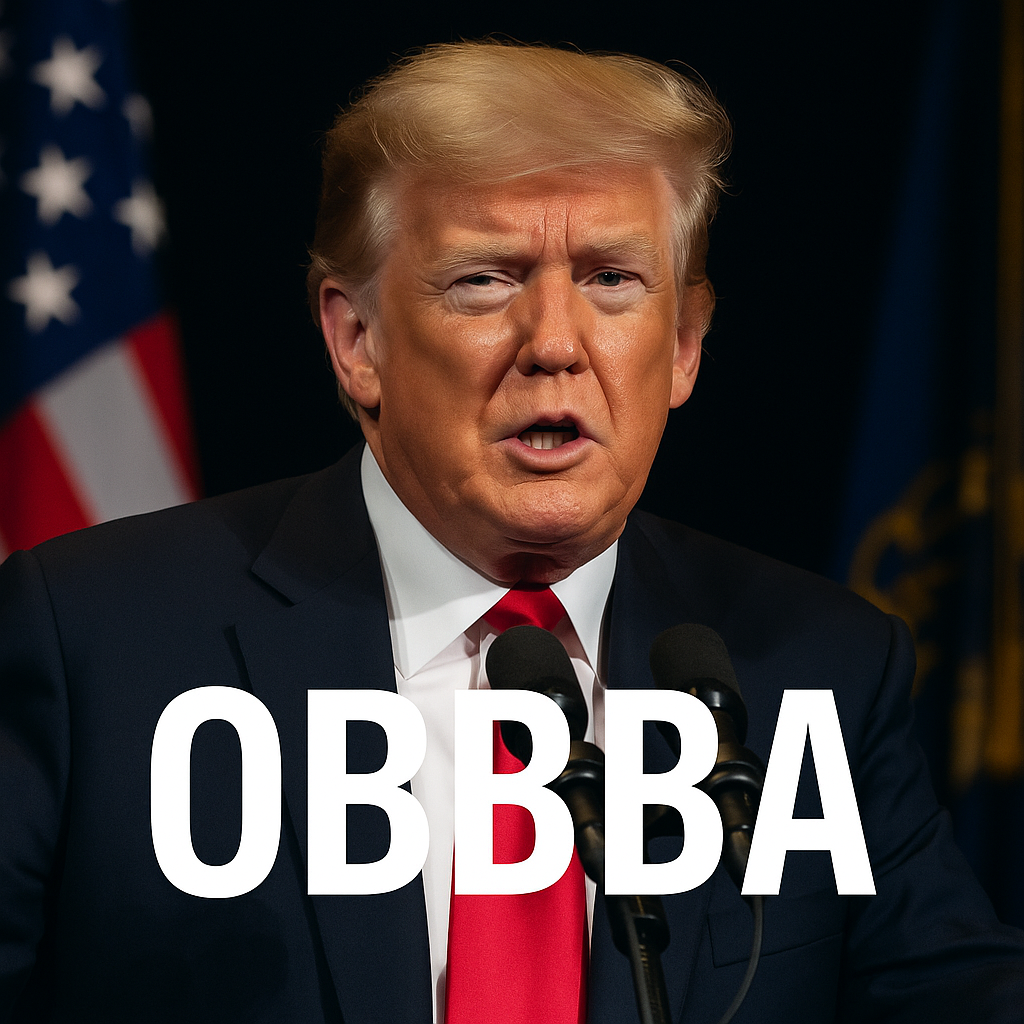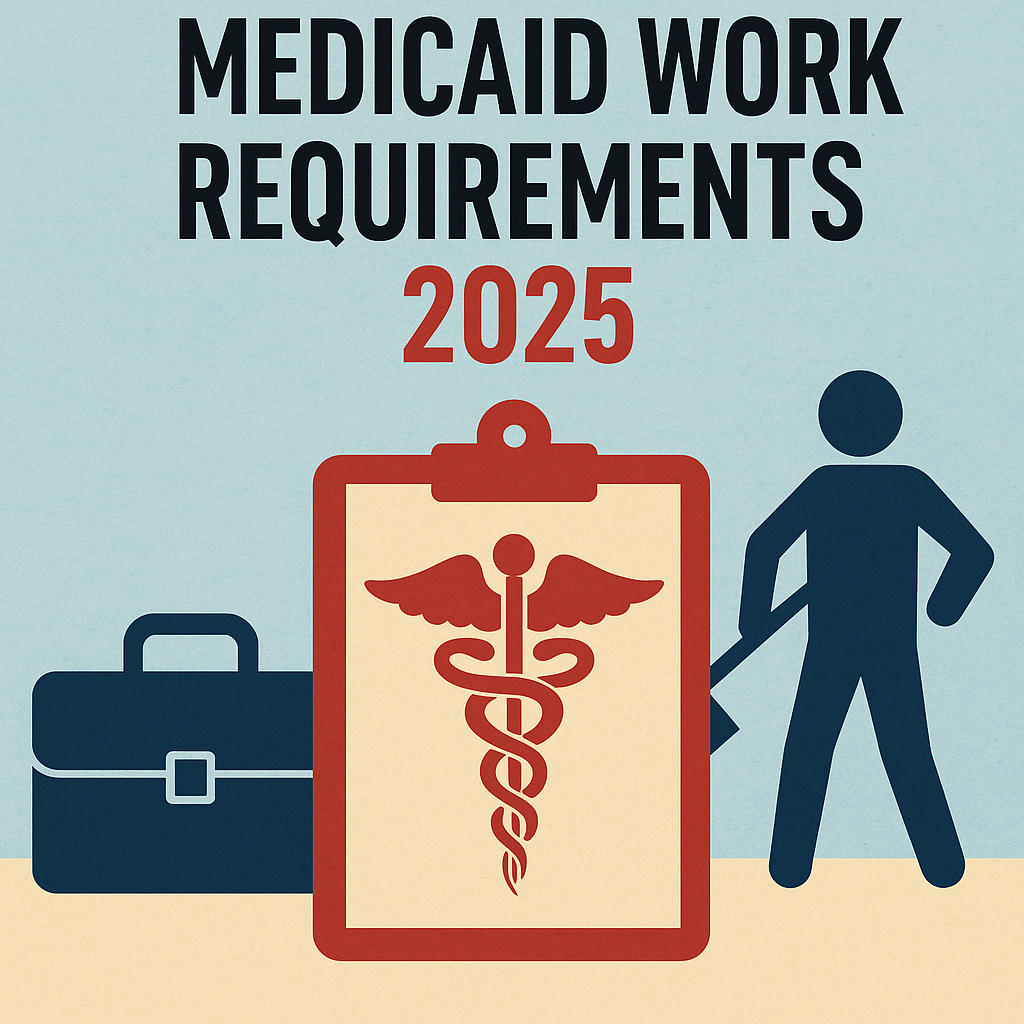Introduction: Why Is Los Angeles Protesting Now?
ICE Protest LA : Los Angeles is no stranger to protest, but what unfolded in early June 2025 was anything but ordinary. What began as immigration raids in a few neighborhoods quickly escalated into a wave of anger, fear, and resistance that stretched from court buildings to city streets. The phrase “ICE protest LA” began trending almost immediately as thousands of residents, activists, and community leaders confronted what they viewed as a harsh, unjust crackdown by the federal government.
In response, President Trump authorized the deployment of 2,000 National Guard troops to Los Angeles — a rare move that bypassed California’s state leadership and triggered a fierce political battle.
This article breaks down the origins of the protest, the legal and social tension behind it, what happened on the ground, and what it means moving forward.
Background: What Led to the ICE Protest in LA?
To understand the June 2025 events, it’s important to rewind a bit.
ICE and Immigration Enforcement: A Quick Overview
ICE Protest LA: ICE, or Immigration and Customs Enforcement, is a federal agency responsible for enforcing immigration laws, locating undocumented individuals, and overseeing deportations. While the agency’s mission includes targeting serious criminals, it has often been criticized for aggressive tactics that affect non-violent immigrants and families.
The Trump Administration’s Immigration Stance
Former President Donald Trump’s return to the White House in 2025 brought a renewed push for tough immigration enforcement. His administration introduced large-scale operations targeting “sanctuary cities” like Los Angeles — municipalities that limit cooperation with federal immigration authorities.
Tensions were already high when, in early June, ICE officers launched a multi-day operation across Los Angeles County, leading to over 100 arrests.
The ICE Raids: What Actually Happened?
ICE Protest LA: The flashpoint began on June 6, 2025, when ICE agents conducted surprise raids across various locations:
- A Home Depot parking lot in Paramount was surrounded as federal agents arrested suspected undocumented workers.
- In downtown LA’s Fashion District, a warehouse was raided with minimal local warning.
- Immigration courts and public areas saw detentions of people appearing for legal hearings or seeking guidance.
Some of those detained had past criminal records, according to officials. But eyewitnesses and activists claimed that many were ordinary workers and family members with no violent history.
How the ICE Protest in LA Escalated
ICE Protest LA : Word spread quickly through immigrant communities and social media. By that evening, hundreds of protesters gathered near federal buildings and detention centers, chanting, blocking vehicles, and demanding the release of detainees.
The Scene on the Ground
- Protesters created barricades with shopping carts and trash bins.
- Some demonstrators lay down in front of ICE vehicles to prevent detainee transport.
- Tensions flared when officers responded with pepper spray, tear gas, rubber bullets, and flash-bang grenades.
Several people were injured, including journalists and demonstrators. The clashes drew national attention.
One arrest that drew particular backlash was that of David Huerta, a prominent union leader with SEIU California, who was detained for obstructing federal agents.
National Guard Deployed: A Rare Federal Action
On June 7, just a day after the chaos began, President Trump authorized the deployment of 2,000 National Guard troops to Los Angeles. He invoked Title 10, a federal law that allows the president to take command of a state’s National Guard during national emergencies.
What Is Title 10?
Title 10 of the U.S. Code allows the president to activate National Guard units under federal control — meaning they no longer answer to the governor but instead to the Department of Defense.
This is rarely used and typically reserved for extreme situations like rebellion, war, or natural disaster.
Governor Newsom Responds
California Governor Gavin Newsom called the federal move “inflammatory and political,” arguing that local law enforcement was already managing the situation and that the presence of the National Guard could escalate tensions further.
Los Angeles Mayor Karen Bass echoed the sentiment, saying that the protests reflected justified outrage and should not be met with military force.
The Bigger Picture: Why This Matters
ICE Protest LA :The ICE protest in LA represents more than just local unrest. It’s a flashpoint in a long-standing national debate:
- Who controls immigration enforcement — the federal government or local communities?
- Where is the line between law and fear?
- Can protest be peaceful when fear and force collide?
Q&A: Common Questions About the ICE Protest in LA
Q: Why did ICE carry out raids in Los Angeles now?
ICE claims the raids were part of routine enforcement operations targeting undocumented individuals, especially those with past offenses. Critics argue the raids were politically timed to send a national message and intimidate immigrant communities.
Q: Why was the National Guard deployed?
President Trump said the deployment was necessary to restore order after protesters clashed with law enforcement. However, many believe it was a political maneuver to bypass state authority and showcase federal control.
Q: What does Title 10 mean for local control?
Title 10 removes state authority over the National Guard, allowing the federal government to use military forces in a domestic capacity — a power that is controversial and rarely exercised.
Q: Was anyone seriously hurt?
Yes. Several demonstrators reported injuries due to crowd-control weapons. Legal observers and journalists also experienced tear gas exposure. At least 44 protesters were arrested.
Q: What happens to those detained by ICE?
Those arrested during the raids are being processed for possible deportation. Some have already been transferred to out-of-state detention centers. Legal advocates are fighting to gain access to clients and halt deportations.
Understanding the Terms
What is ICE?
Immigration and Customs Enforcement, or ICE, is a federal law enforcement agency within the Department of Homeland Security. It enforces immigration laws and investigates issues like border security, visa fraud, and human trafficking.
What is the National Guard?
The National Guard is a reserve military force that serves both state and federal governments. In emergencies, governors usually command their state’s Guard, but the president can federalize them under Title 10 authority.
Human Stories Behind the Headlines
Behind every protest sign and news photo are real families affected by immigration enforcement.
- A father arrested at Home Depot was on his way to pick up his kids from school.
- A woman seeking help at an immigration court was detained before her hearing began.
- Teens shared stories of hiding in bathrooms when ICE agents knocked on their doors.
These stories reveal the human cost of policy decisions and the raw emotion driving thousands to take to the streets in protest.
Conclusion: Where Do We Go From Here?
ICE Protest LA :The ICE protest in LA is a turning point in how Americans discuss immigration, protest rights, and federal versus state power. With the National Guard deployed and activists refusing to back down, the nation is watching what happens next.
This isn’t just about one city or one raid — it’s about the future of immigration in America. Whether you support or oppose these protests, understanding the full picture is essential to being part of an informed democracy.
Read more from our English Section














Leave a Reply